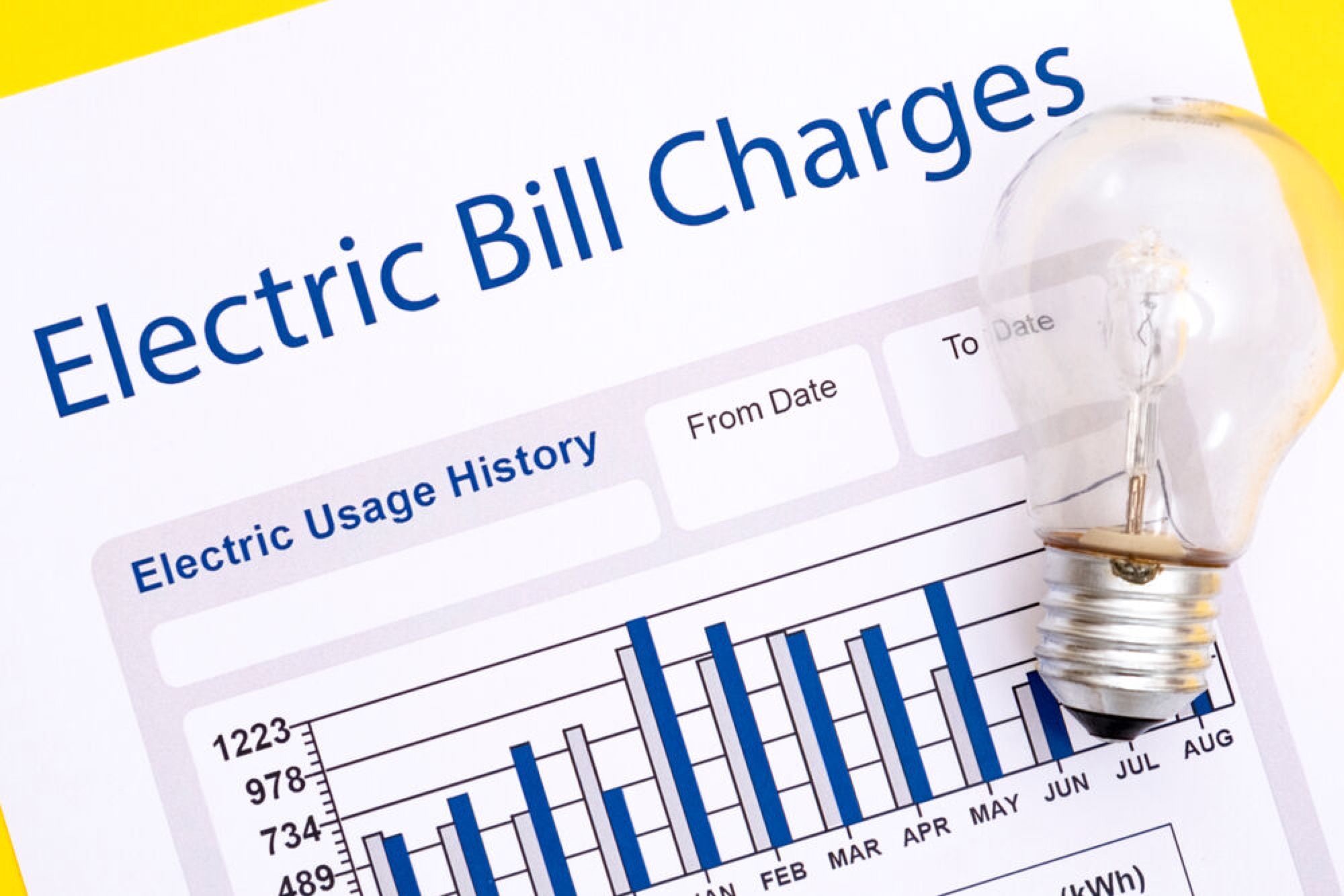A state Assembly committee hearing on soaring electricity bills and constituent complaints about them keyed on Atlantic City Electric, which has the highest rates per kilowatt hour in the state.
While New Jersey has four designated distribution companies, Atlantic City Electric was the focus at the three-hour hearing by the Assembly’s Telecommunications and Utility Committee on Wednesday, Oct. 2.
Under questioning by Assemblyman Alex Sauickie (R-12), Phillip Vavala, Atlantic City Electric’s regional president, could not explain why ACE’s distribution charge was higher than that of the other three distribution utilities. “I’d have to see the numbers myself to answer that,” Vavala said.
Sauickie also asked why ACE’s “societal benefits charge” is so much higher than the other three. Vavala said, “I don’t have an answer for that.”
That charge is a required fee added to a ratepayer’s bill to allow a utility to recover costs related to programs that provide “societal benefits,” including nuclear plant decommissioning, the state’s Clean Energy Program, low-income programs and gas plant remediation.
The fee is set based on an ACE annual compliance filing with the state Board of Public Utilities. It is not a fee ACE is just passing through its bill.
The societal benefits charge filing is just one of many filings with the BPU that set fees or rates that drive monthly billing. The most recent benefits charge filing for ACE with the BPU was on June 28 for a fee that became effective Oct. 1.
The four-page BPU docket that resulted from the ACE filing is difficult for customers to understand. It was developed by BPU staff. The customer is left to depend on the BPU’s judicious use of its approval authority.
Yet a review of rate submissions and BPU dockets shows almost no instances in which rates or fees are disapproved.
Vavala did his best to dispel concerns that rising bills have a connection to the installation of new smart meters. He said ACE has tested a number of meters in response to customer complaints, finding them all within the parameters of accuracy set by the BPU.
While much public focus has been on ACE and the rates that comprise the monthly bill, the hearing provided a view of the complex factors outside the purview of the utility that are driving rates higher.
Of particular interest was the testimony of Jason Stanek, executive director of government services for PJM, PJM being the grid operator for 13 states including New Jersey. Stanek spoke on the tightening of supply of electricity at precisely the point when demand is growing at a rapid pace.
Unlike BPU President Christine Guhl-Sadovy, who spoke of a significant rise in usage with a “very hot summer” as a main driver of that usage, Stanek spoke in broader terms about the rising demand for electric power to support everything from increased numbers of electric vehicles to a growing number of data centers with high demands for power.
The demand that drives the rates for residential customers is part of a system that charges the residential ratepayer supply charges that are not wholly dependent on aggregate residential use.
The message Stanek delivered was that policymakers in New Jersey must not continue to allow power generating resources to “retire” until there is sufficient new generation capability to replace them.
He also spoke of regulatory and local interest groups that are making it difficult for the grid operator to run needed high-voltage transmission lines. “If we cannot build in the forest, or in the wetlands, or in the farmlands, it becomes very difficult to run these lines at all,” he said.
Stanek acknowledged that New Jersey is in the midst of an energy transition, but his basic message was that the state cannot allow power generation to go off the grid by matching it only to a vision of power generation from clean sources that is not yet real.
While he repeatedly said that PJM is not a policymaker, the hearing received testimony from Guhl-Sadovy, who is. Her testimony focused on Gov. Phil Murphy’s efforts to transition the state to zero-emission sources of electricity. She acknowledged the rapidly growing demand for power and that the state is a net importer of electrical power, generating in-state only about 75% of total consumption.
“More generation is a key for keeping rates down,” she said, without explaining how the state’s emphasis on clean energy sources can meaningfully do that as more traditional sources of power are retired too soon.
Timing was the issue for Stanek; it apparently was not as significant an issue for Guhl-Sadovy. The BPU president did remind the committee of the state’s program for support of community solar projects. She said households linked to community solar could better manage affordability of electricity.
Keys to the hearing were calls for more focus on affordability when the BPU approves rate or fee increases, better predictability in billing, improved transparency regarding electrical service and, at least for some of the Assembly members in attendance, better timing of actual new generation capacity prior to the retirement of older technology generation plants.
Contact the reporter, Vince Conti, at vconti@cmcherald.com.








